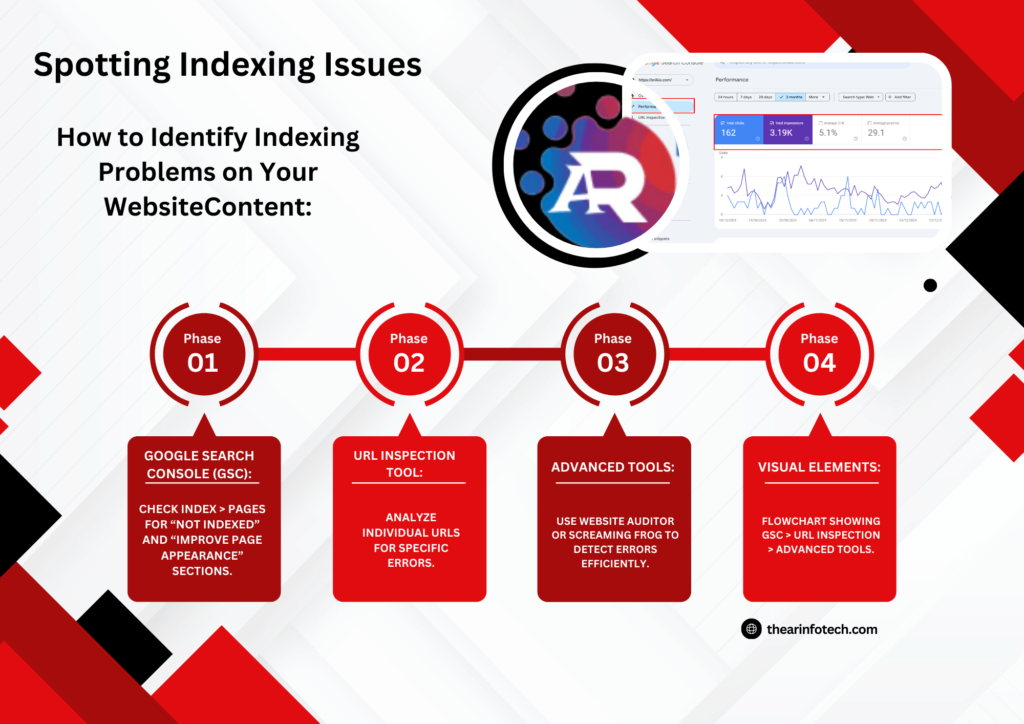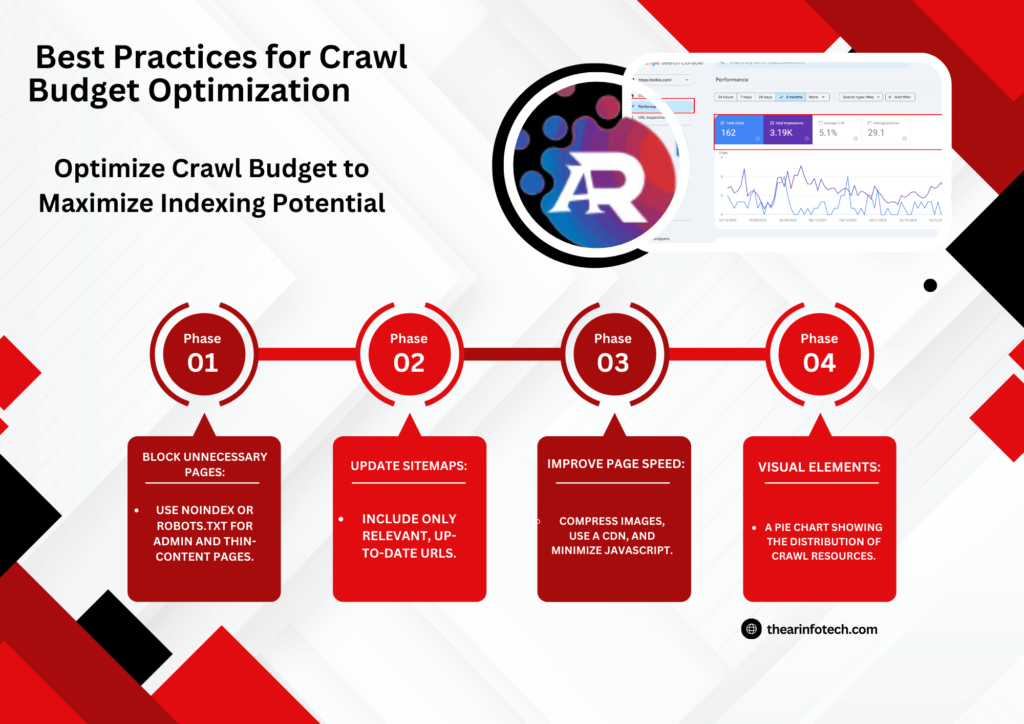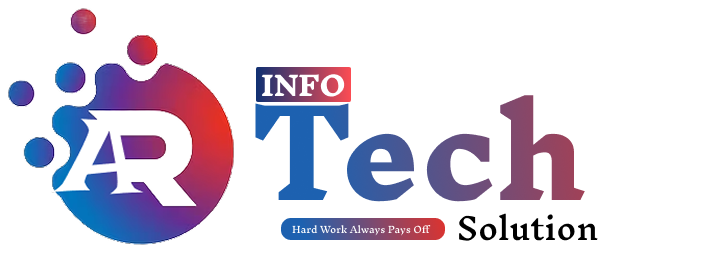Indexing issues can derail even the most well-optimized SEO strategy. Imagine this: you’ve crafted the perfect page with engaging content and excellent user experience (UX), yet it doesn’t show up in search engine results. The reason? Google hasn’t indexed it. Conversely, indexing pages not meant for public viewing can lead to penalties, privacy leaks, and other costly errors.
This guide will help you identify, fix, and prevent indexing issues, ensuring your website maintains strong visibility in search engine results pages (SERPs).
What Are Indexing Issues?
Indexing issues occur when search engines like Google fail to include certain web pages in their database. Without indexing, your pages can’t appear in SERPs, meaning they’ll generate no organic traffic. On the other hand, unintended pages being indexed can harm your SEO and even compromise sensitive data.

Why Does Indexing Matter?
- Indexed pages drive organic traffic and conversions.
- Unindexed pages are essentially invisible online.
- Poor indexing management can lead to wasted resources and penalties.
By addressing these issues, you ensure search engines see the best version of your site and improve your chances of ranking higher.
How to Spot Indexing Issues
Identifying indexing problems is the first step toward resolving them. Here’s how you can do it:

1. Google Search Console (GSC)
GSC is the most reliable tool to diagnose indexing problems. Navigate to Index > Pages, where you’ll find:
- Not Indexed: Pages Google couldn’t index.
- Improve Page Appearance: Pages that are indexed but need attention.
2. URL Inspection Tool
For specific URLs:
- Click the magnifying glass icon in GSC.
- View detailed information about why a page isn’t indexed.
3. Advanced Tools
Use tools like WebSite Auditor or Screaming Frog for in-depth analysis. These tools automatically identify pages with indexing errors, saving time and effort.
Common Indexing Issues and Their Fixes
Let’s dive into the most frequent indexing issues, their causes, and how to resolve them effectively.
1. 404 Errors (Not Found)
What It Is: A 404 error occurs when a user or bot attempts to access a page that doesn’t exist. This could result from deleting a page, changing its URL, or a typo in the link.
Why It Matters:
- Wastes Google’s crawl budget.
- Affects user experience if users encounter broken links.

Fixes:
- Update Sitemaps: Ensure your sitemap doesn’t include outdated or incorrect URLs.
- Redirect: If a page has moved, use a 301 redirect to guide users and bots to the new URL.
- Custom 404 Pages: Design a user-friendly 404 page with helpful links to keep visitors engaged.
2. Blocked by Robots.txt
What It Is: Robots.txt is a file that controls which parts of your site are accessible to search engines. Misconfigured settings can block important pages.
Why It Matters:
- Critical pages might be invisible to search engines.
- Your site’s structure could be misunderstood.
Fixes:
- Review and update your Robots.txt file.
- Use GSC’s Robots.txt Tester to ensure no critical pages are accidentally blocked.
3. Noindex Tags on Important Pages
What It Is: The noindex meta tag tells search engines not to index a page. Misusing it can exclude essential content from SERPs.
Fixes:
- Audit all pages for
noindextags. - Remove or update the tag on pages that need indexing.
4. Duplicate Content
What It Is: Duplicate content confuses search engines about which version of a page to index and rank.
Why It Matters:
- Dilutes link equity across multiple URLs.
- Hurts rankings due to divided authority.
Fixes:
- Implement canonical tags to indicate the preferred version of a page.
- Use 301 redirects to consolidate duplicate URLs.
5. Slow Page Speed
What It Is: Slow-loading pages can result in incomplete crawling or indexing delays.
Why It Matters:
- Google prioritizes fast-loading pages for better UX.
- Slow speeds can negatively impact crawl efficiency.
Fixes:
- Optimize images and enable compression.
- Use a Content Delivery Network (CDN).
- Minimize JavaScript and CSS files.
Frequently Asked Questions
How Can Structured Data Impact Indexing and SEO Performance?
Structured data enhances your site’s visibility by helping search engines understand your content better. Implementing schema markup can lead to rich snippets, increasing click-through rates (CTR) and driving more traffic. It also ensures critical information is presented accurately in SERPs.
What Are the Best Practices for Optimizing Crawl Budget?
- Block Low-Priority Pages: Use robots.txt or
noindexto prevent crawling of pages like archives and tags. - Update Sitemaps Regularly: Ensure your sitemap only includes essential and up-to-date URLs.
- Fix Broken Links: Resolve 404 errors to prevent wasted crawl budget.
- Prioritize High-Value Pages: Focus Google’s attention on your best-performing pages.
Can You Explain the Role of Canonical Tags in Preventing Duplicate Content?
Canonical tags tell search engines which version of a page is the “master copy,” consolidating duplicate URLs. This helps prevent ranking dilution and ensures search engines focus on the right page.
What Are the Latest Trends in Sitemap Optimization for 2025?
- Dynamic Sitemaps: Automatically update to reflect real-time changes.
- Enhanced Video and Image Support: Include multimedia content in sitemaps for better indexing.
- Prioritizing Mobile-First Indexing: Ensure mobile URLs are included and optimized.
- Integration with Structured Data: Combine sitemaps with schema markup to improve discoverability.
How Does Page Speed Optimization Contribute to Better Indexing?
Faster pages reduce crawl time, allowing Google to index more of your site. Optimized page speed enhances user experience, lowers bounce rates, and improves rankings. Key practices include enabling caching, reducing server response times, and leveraging lazy loading.
Final Thoughts
Indexing issues might seem technical, but they are manageable with a structured approach. Use tools like Google Search Console and WebSite Auditor to spot problems early, and follow best practices to ensure Google efficiently crawls and indexes your pages.
By resolving errors like 404s, duplicate content, and slow page speeds, and maintaining an up-to-date sitemap, you can safeguard your SEO strategy and keep your website performing at its best.
Stay proactive, monitor regularly, and focus on creating valuable content that deserves to rank. Address indexing issues effectively, and your website will remain a reliable traffic and conversion generator.


